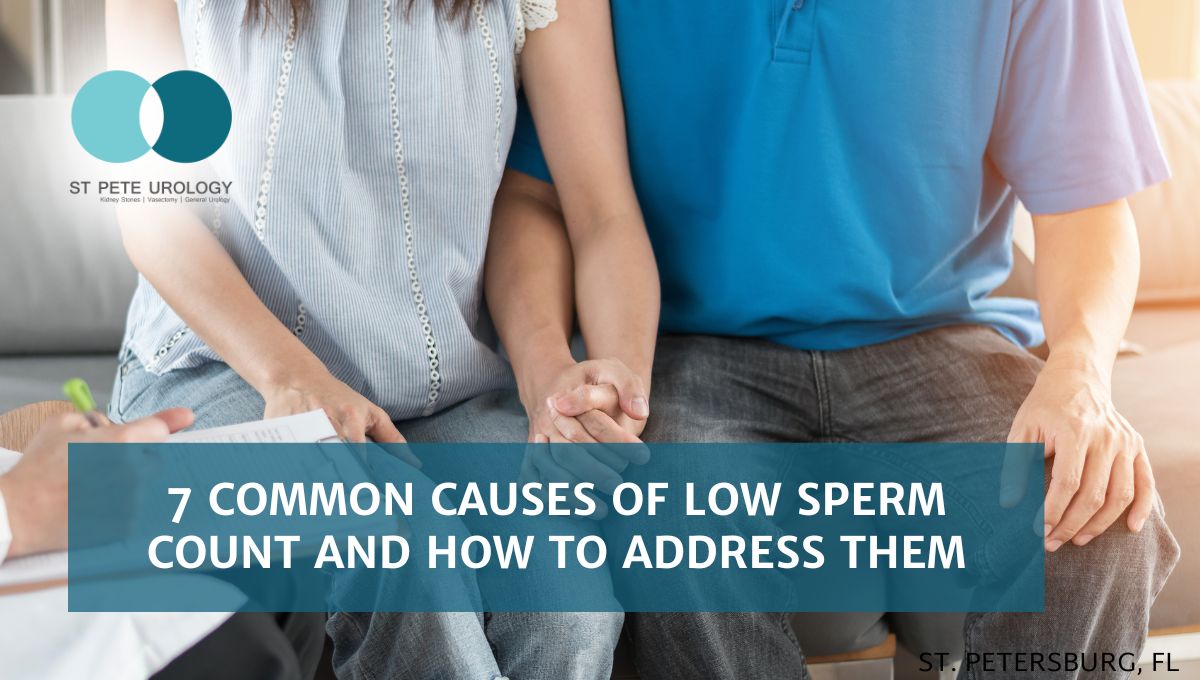Discover the 7 most common low sperm count causes affecting male fertility. Learn about varicoceles, hormonal issues, and treatment options at St. Pete Urology.
Continue readingHow to Choose the Right Treatment for Pelvic Organ Prolapse
Discover effective pelvic organ prolapse treatment options from conservative care to advanced surgery. Learn which approach is right for your condition and symptoms.
Continue readingWhat Is Pelvic Organ Prolapse and Why Does It Happen to So Many Women?
Discover what is pelvic organ prolapse, its main causes, and why it affects up to 50% of women over 50. Learn symptoms, risk factors, and treatment options from St. Pete Urology experts.
Continue readingBoosting Testosterone: Natural and Medical Approaches
Looking for safe ways to increase testosterone levels? Our urology guide covers natural methods like diet and exercise, plus medical options like TRT for diagnosed low T.
Continue reading10 Common Symptoms of Low Testosterone in Men You Shouldn’t Ignore
Are you experiencing fatigue, low libido, or mood swings? Learn about the common symptoms of low testosterone in men and find out when it’s time to see a urologist.
Continue readingCoping with Bladder Pain Syndrome: Tips and Therapies
Find effective bladder pain syndrome treatment options, from at-home coping tips to advanced therapies. Learn how to manage flares and improve your quality of life.
Continue readingUnderstanding Interstitial Cystitis in Women
Struggling with chronic bladder pain? Learn to recognize interstitial cystitis symptoms in women, a condition often mistaken for a UTI. We cover causes & treatments.
Continue readingHow Are Kidney Stones Diagnosed and Treated?
Suspect you have a kidney stone? Learn how are kidney stones diagnosed using advanced imaging and discover modern treatment options at St Pete Urology. Get clarity now.
Continue readingWhat Causes Kidney Stones in Men?
Wondering what causes kidney stones in men? St Pete Urology explains the key factors, from diet to dehydration, and offers expert tips on prevention. Learn more.
Continue readingEffective Treatments for Stress Urinary Incontinence
Discover effective stress urinary incontinence treatments at St Pete Urology—conservative to surgical solutions tailored for St. Petersburg patients.
Continue reading









